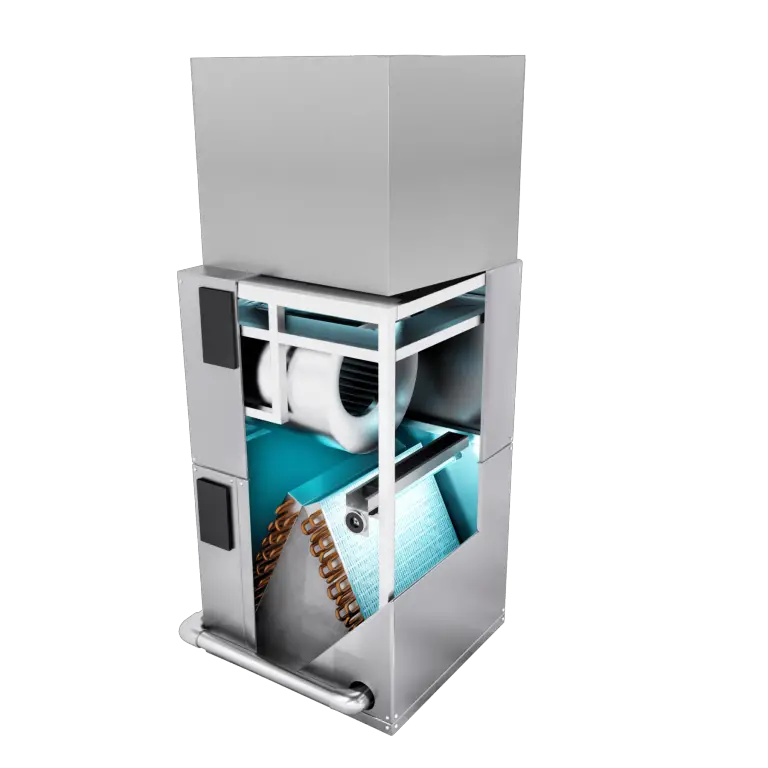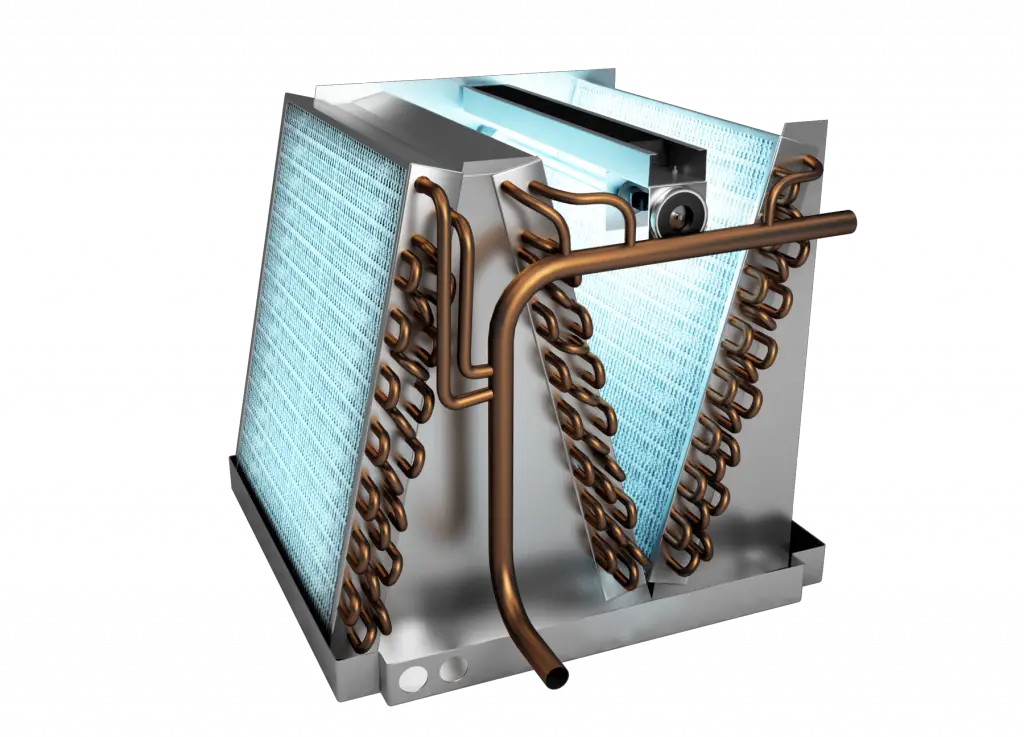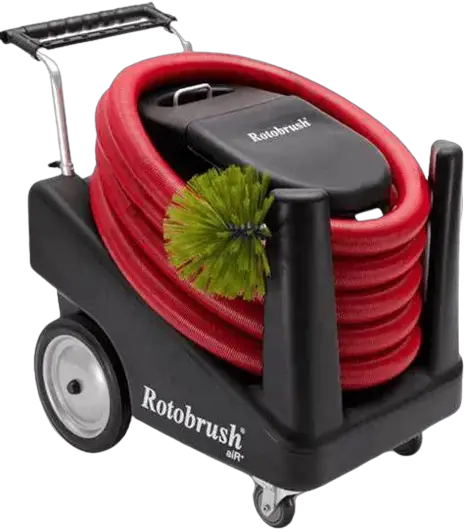- 866-260-5663
- Available 24/7
Why Choose Ultraviolet Light?
The air inside your house is constantly recirculated, which means it’s only moved from room to room and never really replaced or refreshed. This causes major health problems, including the rapid spread of mold, viruses, germs, and allergies throughout your house. Inadequate indoor air quality has been linked to a variety of diseases, including asthma, bronchitis, and pneumonia.
A great way to ensure that your household’s air is clean and healthy is by installing an air purification system. These systems work in different ways to remove pollution from the air while improving humidity levels and eliminating unpleasant odors. They can be installed in a variety of rooms depending on your specific needs. In this article, we’ll discuss the different types of air purification systems that are available in the marketplace.

An ultraviolet (UV) light system is built into your air conditioning unit to prevent mold and mildew, bacteria growth and other airborne illnesses caused by dirt particles. These devices contain germicidal UV light bulbs that emit short-wave radiation. When these rays make contact with an organism like a bacterium, virus, or mold spore, they disrupt the organism’s DNA and kill it.
Once you’ve selected an air purification system for your house, be sure to clean it regularly so you can get the most out of it. Here’s how:
1) Remove the device from its holder and place it on a flat surface.
2) Wipe off the exterior with a cloth, making use to remove any dust or dirt. Don’t use water. Use only a dry cloth to wipe it off. Never spray water or other liquids directly onto your purification device! Doing so can damage the unit and impair its performance.
3) Place the device back into its holder and put it back in the room you want to clean.
4) After a short period of time, check your device and wipe off any dirt or dust that may remain on its exterior. Repeat this process regularly for best results.
Let’s take a look at some of the different types of air purification systems that are available:
Central air purification systems are great for reducing harmful toxins in large rooms. They work by attaching to your home’s central heating and cooling system. These devices recirculate the air throughout your entire house, filtering out chemicals, germs, viruses, mold spores, dust particles, pet dander, pollen and other allergens.
Central HEPA filtration systems are a good option for improving the air quality in rooms that have high air flow, such as bathrooms and kitchens.
Portable purification systems can be moved from room to room depending on your needs. These devices don’t attach to central heating and cooling systems but instead use either disposable or permanent filters that you need to replace or clean on a regular basis. Portable devices are small and easy to place virtually anywhere, including the bedroom, the kitchen, or even your office.
UV lights are a great option to help you improve indoor air quality since they don’t require filters or mechanical parts that can fail. These systems won’t remove chemicals, gases or odors from your air but they will eliminate bacteria and germs.
There are two primary types of UV light systems: gaseous mercury high-intensity discharge (HID) lamps and low-pressure mercury vapour lamps.
Gaseous mercury HIDs work by creating a stream of energy that oxidizes the contaminants in your air. These devices contain a quartz mercury bulb filled with gaseous mercury and an arc tube which creates the UV light. Low-pressure HIDs use liquid mercury to generate UV radiation. Some low-pressure systems also use argon or krypton gas to improve the production of short wave radiation.
We install ultraviolet light inside the air handler coil to disinfect and clean the evaporator coil. This will reduce bad odors from the air conditioning system. Disinfecting the evaporator coil will also help fight hard water scale build up and mineral deposits that cause low air flow.

Yes. Ultraviolet (UV) air treatment is completely safe for you and your family. Unlike the ozone created by ultraviolet radiation, which can be harmful to humans in high concentrations, UV light destroys harmful microorganisms that can cause serious harm when inhaled or ingested.
Every day, we are exposed to indoor pollutants like bacteria, mold spores and dust particles. About 10 percent of these contaminants make us sick, and about 300 different chemical toxins are released into our homes from sources such as paints, furnishings and household cleaners.
Ultraviolet light devices destroy microorganisms by disrupting the DNA in these organisms when they pass through a UV lamp’s intense and concentrated beam of light. Without their genetic material, the organisms cannot reproduce and become inactive. The light emitted by these devices can kill or weaken viruses, bacteria, mold spores, germs and other harmful airborne microorganisms in just seconds.
UV lamps are passive air cleaners that do not require any outside power source to work. Their energy is self-sustaining—the process produces heat which in turn creates light.

Quality installations, swift troubleshooting, and 24/7 emergency care – without burning your budget.

 "Unquestionably the best AC service maintenance in South Florida. Alex is a highly professional technician who provides quality service with full transparency of the problem identified. The service fee is very reasonable as well. Highly recommended."
"Unquestionably the best AC service maintenance in South Florida. Alex is a highly professional technician who provides quality service with full transparency of the problem identified. The service fee is very reasonable as well. Highly recommended." 
 "Or and his team at ONC Air are amazing! I manage properties for investors and they are the ONLY a/c company that I will use. Professional, on time, and EXTREMELY fairly priced. They have done everything from yearly servicing/maintenance, repairs, and new installation. I recommend them to anyone that I know and if you are looking for a great a/c company, look no further!"
"Or and his team at ONC Air are amazing! I manage properties for investors and they are the ONLY a/c company that I will use. Professional, on time, and EXTREMELY fairly priced. They have done everything from yearly servicing/maintenance, repairs, and new installation. I recommend them to anyone that I know and if you are looking for a great a/c company, look no further!" 
 "Everything went as expected: fast turnaround on my issue, guys came on-time, did quick and clean job. I'm very very satisfied and would definitely keep their contacts and have them to maintain my AC. Also, very important, their service is reasonably priced. No need to look further."
"Everything went as expected: fast turnaround on my issue, guys came on-time, did quick and clean job. I'm very very satisfied and would definitely keep their contacts and have them to maintain my AC. Also, very important, their service is reasonably priced. No need to look further." 



Get the best of both worlds.
Contact our pros now!